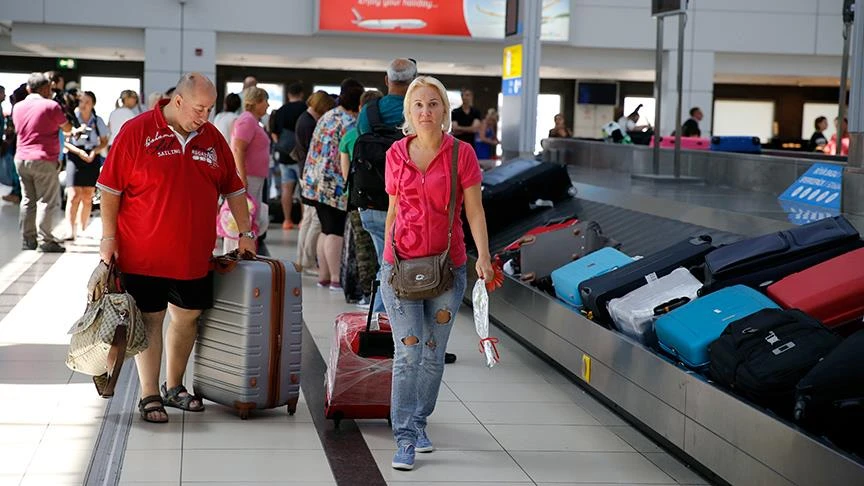Economic time bomb: Istanbul at risk of $300B quake damage
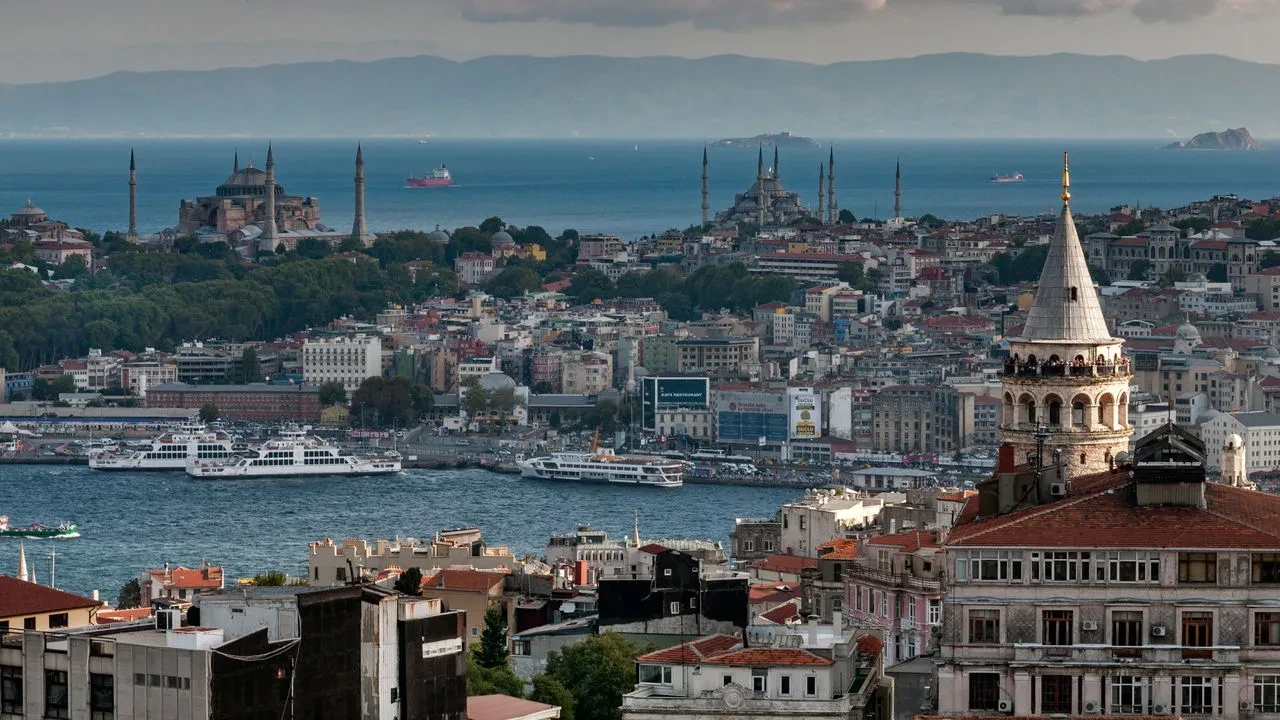 Istanbul, Türkiye. (Photo via Getty Images)
Istanbul, Türkiye. (Photo via Getty Images)
The potential economic damage from a major earthquake in Istanbul could be staggering. Various studies and reports have estimated that a significant earthquake, similar to the one expected along the North Anatolian fault, could result in economic damages ranging from $50 billion to $300 billion or more.
The exact figure depends on factors such as the earthquake’s magnitude, depth, and location, as well as the preparedness and resilience of the city’s infrastructure.
Economic implications
A report by the Turkish Industrialists and Businessmen Association (TUSIAD), Turkish Enterprise and Business Confederation (TURKONFED) and Federation of Industrial Association (SEDEFED) in 2021 highlighted the significant economic risks posed by a major earthquake in Istanbul. The report estimated potential economic losses between $25 billion and $300 billion, with substantial portions of the city’s commercial, industrial, and cultural facilities located in high-risk areas.
Istanbul, which accounts for one-third of Türkiye’s gross domestic product and a significant portion of its industrial output and exports, is described as the “heart of the economy.”
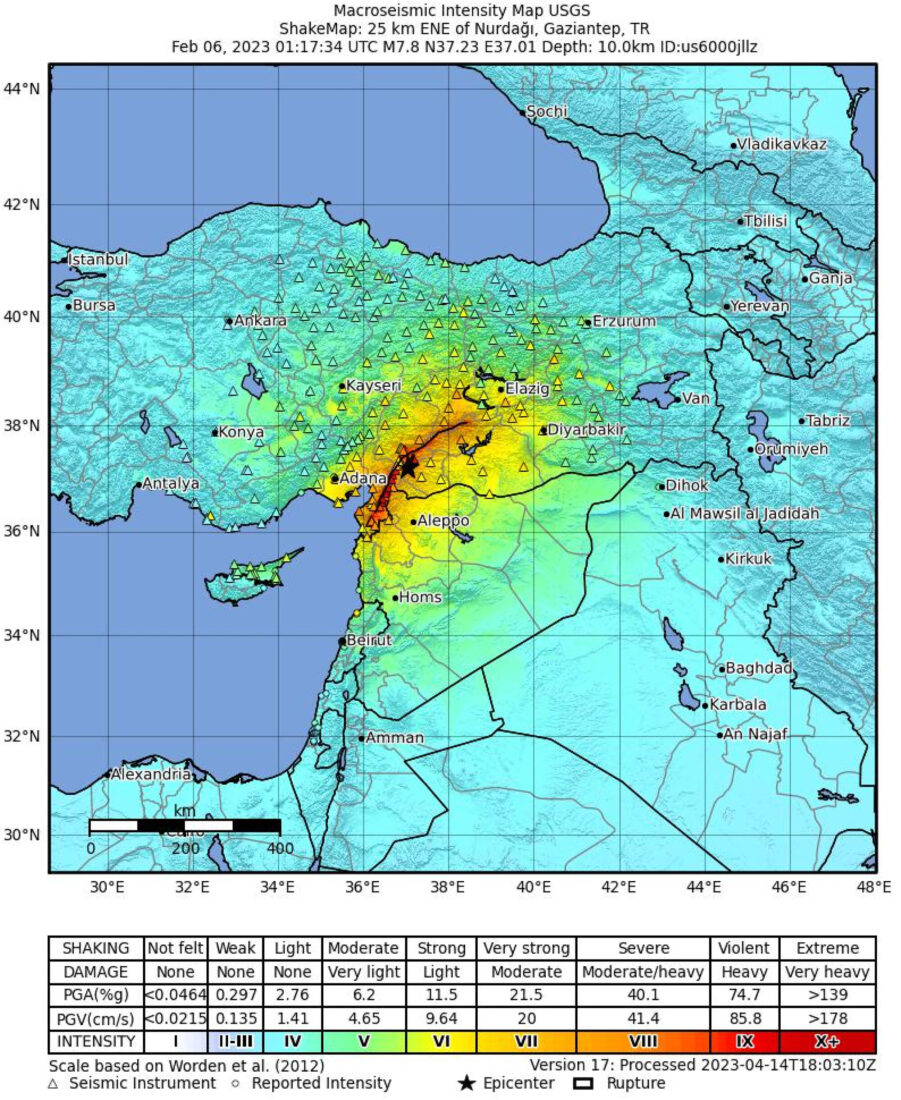
A major earthquake could have devastating consequences for the entire country, making urgent action imperative.
Istanbul is a densely populated and economically vital city, so the consequences of a major earthquake could have far-reaching impacts, both regionally and globally.
Considering that the economic damage after the Feb. 6 earthquakes was over $100 billion, it is quite obvious that the damage of a possible Istanbul earthquake will not be $19 billion as some people claim. Likewise, the economic value of the region that will be affected by the earthquake is very high.
Risky buildings a pressing issue
Istanbul, a city with a high risk of a 7 to 7.5 magnitude earthquake expected in the Marmara Sea, faces the critical issue of unsafe, non-earthquake-resistant structures.
The number of high-risk residential units in the city is estimated at around 1.3 million.
Murat Yun, head of the Earthquake Risk Management and Urban Improvement Department of the Istanbul Metropolitan Municipality (IBB), emphasized that about 3 million people reside in buildings expected to sustain severe damage or collapse in a major earthquake.
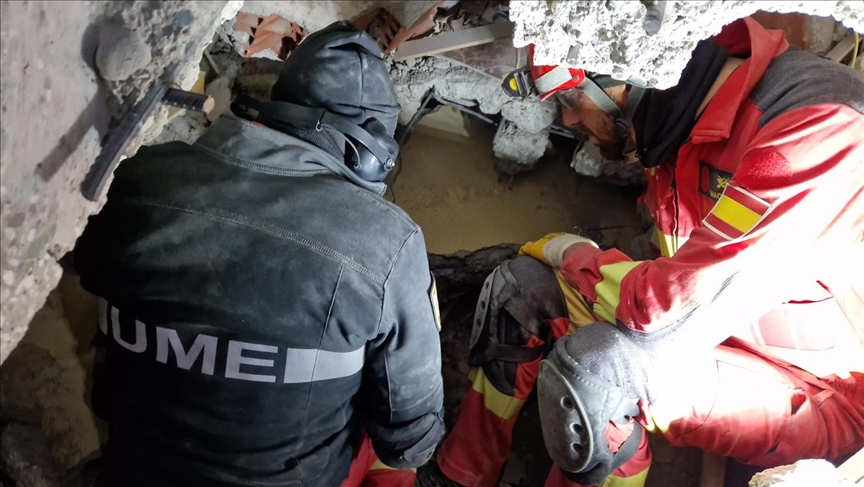
Staggering 200,000 buildings at risk
IBB’s assessments reveal that 800,000 of Istanbul’s 1.2 million buildings were constructed before 2000, under outdated regulations.
Yun reported that roughly 200,000 of these structures are expected to suffer severe damage or collapse in the event of an earthquake. The affected buildings house around 3 million people, necessitating urgent planning for their evacuation and resettlement.
Yun also pointed out the financial challenges posed by the city’s massive building stock and the sixfold increase in construction costs, advocating for collaboration with the central government to resolve these issues.
However, he expressed concerns that the recent legislation focusing on urban transformation has created a more centralized structure, sidelining local governance.
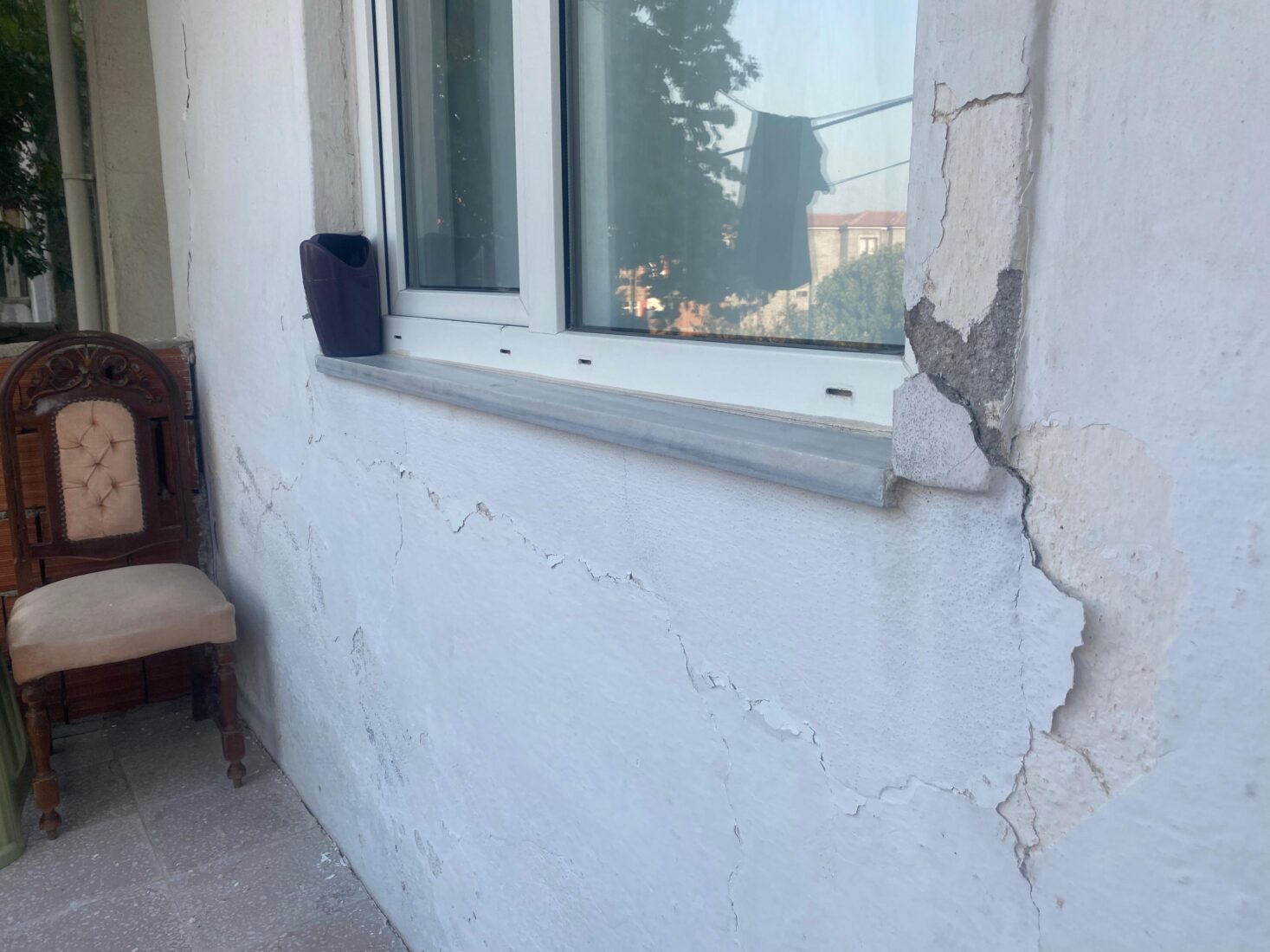
Challenges in coordinating with central authorities
Highlighting the challenges of coordination with central authorities, Yun explained that approvals for decisions made by IBB can take up to five months.
He advocated for a collaborative approach involving the municipality, the ministry, district municipalities, and the private sector to streamline the process.
Minister of Environment, Urbanization, and Climate Change Murat Kurum recently said, “We are in a critical situation. In this city, we live with the constant threat of earthquakes. The metaphor is apt: we are sitting on a bomb with the pin pulled, and we need to act together.”
The lack of communication between ministries and opposition municipalities has a direct impact on the public. While Türkiye is facing such a threat, every authority should show unity without discriminating between the opposition and the government.
Broader impact and urgency
Professor Naci Gorur, a prominent seismologist, echoed the urgent need for coordinated efforts between the government and local authorities. He warned that without a unified approach, Istanbul cannot be adequately prepared for the anticipated earthquake.
Gorur emphasized that the city’s earthquake preparedness should not only focus on building stock but also consider critical infrastructure such as roads, bridges, hospitals, and schools. He urged the government and local authorities to take immediate action to protect the city’s residents and economy from the inevitable disaster.
Tokyo example
In Tokyo, the capital of Japan, a panel was organized about the expected earthquake in the city. At the panel, scientists discussed damage estimation reports. It was stated that the total value of the disaster would exceed $6.8 trillion. According to the Turkish Statistical Institute, Türkiye’s total gross domestic product was $1.12 billion.


